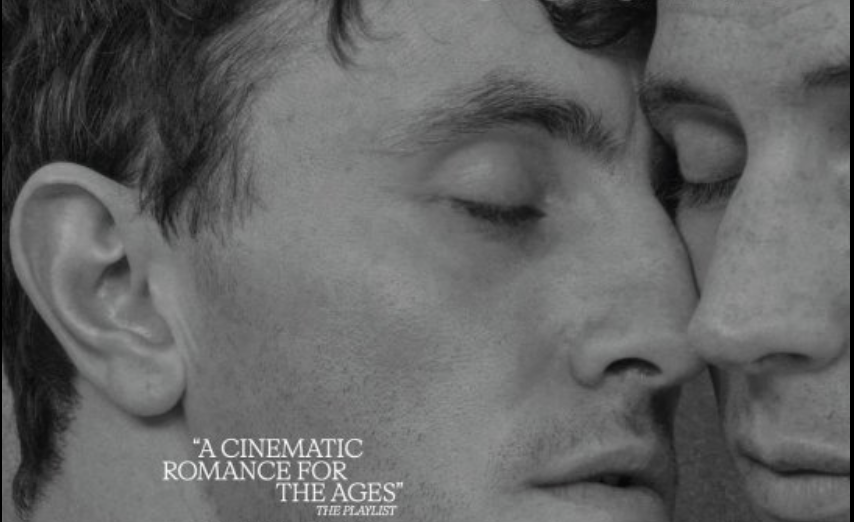Oliver Hermanus’s poignant The History of Sound charts a gay romantic journey framed by a shared passion for traditional folk music, centering on Paul Mescal’s Lionel and Josh O’Connor’s David. The narrative unfolds with their first encounter at the New England Conservatory of Music in Boston, where David’s piano rendition of the folk ballad Silver Dagger sparks a magnetic connection. This song—steeped in the sorrow of star-crossed lovers—sets the tone for the film’s exploration of love, loss, and creative intimacy. According to Mescal, witnessing someone’s ardour is irresistibly attractive, and Lionel’s discovery of David performing a rare, niche folk song in a bar encapsulates this moment of profound attraction.
Based on Ben Shattuck’s story, the film transports viewers from Lionel’s rural Kentucky roots to the urban academic environment of Boston between 1910 and the mid-1920s. Lionel’s synesthesia is a key element, described through a voiceover by the elder version of his character (Chris Cooper), which enriches the sensory experience of sound throughout the film. This unique perception intensifies Lionel’s connection to the folk songs and to David, who comes from Newport, shaped by his upbringing in England and a mission to preserve these fading oral traditions. After enduring separation during World War I, where David battles unseen scars from combat, the pair embark on a heartfelt expedition into the remote Maine countryside to unearth and safeguard these folk ballads.
O’Connor reflects on David’s role not just as a fellow enthusiast but as a curator of their shared experience. Despite later revelations that David’s narrative is more complicated than it appears, his actions stem from pure love—both for Lionel and their collective artistic pursuit. This dimension of care and creation, O’Connor explains, is deeply moving and underscores the tenderness that anchors their relationship. The film does more than tell a love story; it honours the painstaking preservation of cultural memory at a time when oral traditions risk being lost.
Critics have lauded the film’s emotional depth and the nuanced performances by Mescal and O’Connor. The Washington Post highlights Mescal’s sensitive portrayal of Lionel, capturing the vulnerability of a man navigating both his synesthetic world and burgeoning love. The New Yorker praises the movie’s melancholic tone and its heightened exploration of desire through Lionel’s heightened sensory experience. Reviews from AwardsWatch and Time Out also commend the film for intertwining its historical context—World War I’s shadow—and the beauty of folk music’s enduring melancholy, reinforcing The History of Sound as both a tender romance and a culturally resonant period piece.
For Mescal and O’Connor, both well versed in queer love stories from their previous work, The History of Sound carries an added significance. Mescal reflects on the increasing difficulties in getting queer-themed projects made amidst polarized social climates but also acknowledges the privilege and responsibility of telling such stories. His recent collaboration with Andrew Scott in All of Us Strangers and O’Connor’s noted role in God’s Own Country mark a continued commitment to bringing nuanced queer narratives to screen. Source: Noah Wire Services
